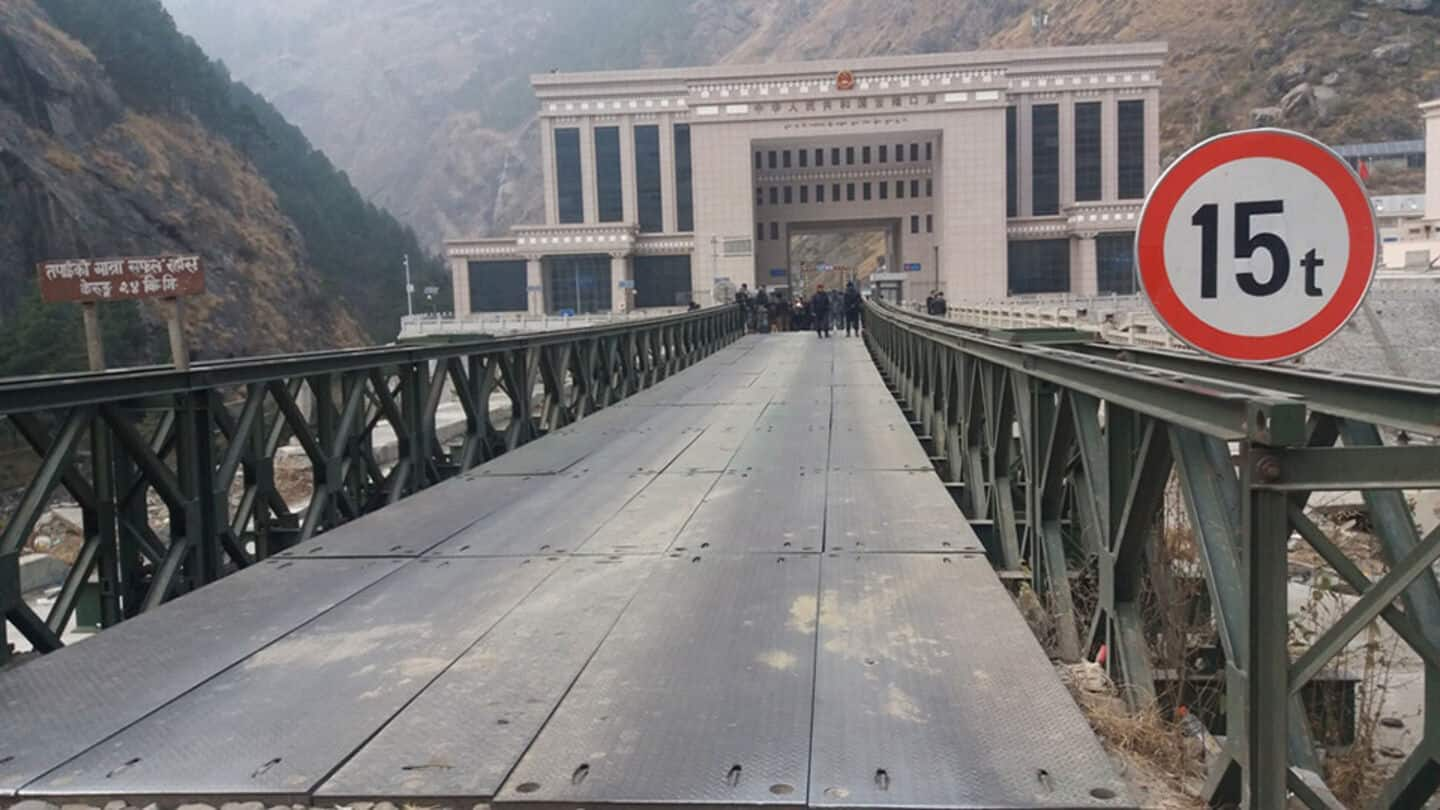
Miteri Bridge collapse disrupts Kailash Mansarovar pilgrimage, 25,000 Indians affected
What's the story
The Trekking Agencies Association of Nepal (TAAN) has reported major disruptions to the Kailash Mansarovar pilgrimage due to the collapse of the Nepal-China Miteri Bridge. The bridge, located near Rasuwagadhi, was swept away by floods in the Lehende River on Tuesday morning. This incident has severely affected pilgrims traveling to the sacred site in the Tibet Autonomous Region of China.
Diplomatic plea
Nepal to welcome 25000 Indian pilgrims this year
TAAN General Secretary Sonam Gyaljen Sherpa has urged the Chinese government to intervene diplomatically and allow pilgrims to use alternative routes like Tatopani, Korola, and Hilsa. The association also appealed to Nepal's Ministry of Foreign Affairs (MoFA) to expedite visa processes with the Chinese Embassy in Kathmandu. This is crucial as Nepal is expected to welcome at least 25,000 Indian pilgrims this year for the Kailash Mansarovar Yatra.
Pilgrimage revival
Most pilgrims prefer to travel through Nepal
The Kailash Mansarovar pilgrimage is resuming after a five-year gap, with an agreement between Chinese Vice Foreign Minister Sun Weidong and Indian Foreign Secretary Vikram Misri on January 27, 2025. The Indian government facilitates the pilgrimage through two official routes: Lipulekh Pass and Nathu La Pass in Sikkim. However, most Indian pilgrims prefer private travel through Nepal's four main routes: Tatopani, Rasuwagadhi, Hilsa, and the Kathmandu-Lhasa flight.
Route importance
Rasuwagadhi-Kerung route
The Rasuwagadhi-Kerung route has been a major trade point with China since December 2014. It was upgraded to an international checkpoint in 2017, making it the cheapest option for pilgrims. The annual pilgrimage season from June to September is vital for Nepal's tourism sector and government revenue. Religious travelers support local businesses, creating jobs for travel agents, airlines, guides, and porters.